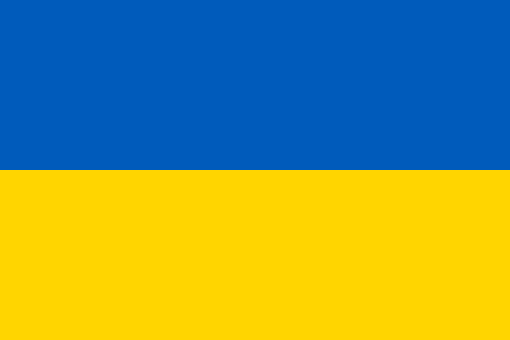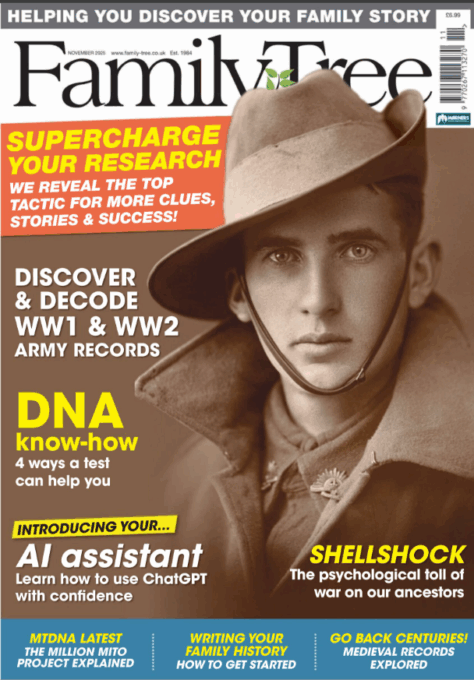The Board of Trustees voted on 19 October 2025 to award this designation to Alison Hare, CG® Retired (2024). The announcement read:
Alison became Certified Genealogical Research Specialist (CGRS) 784 on 15 July 1999 (converted to CG on 15 July 2005). She served as a BCG trustee from 2009 to 2018. In 2008, she was appointed as BCG’s Judge Coordinator, an anonymous appointment where for over a decade she worked behind the scenes, including the implementation of rubrics for portfolio evaluations. She produced a judging procedure manual, guidelines for evaluation comments, and a renewal manual, with several revisions between 2011 and 2017. She worked on the ad hoc DNA standards committee tasked to produce the improved DNA standards approved in 2018, leading to the 2019 revision of Genealogy Standards. On 10 May 2019, she was presented The Donn Devine Award for Extraordinary Service to the Board for Certification of Genealogists (https://bcgcertification.org/
Locally, Alison was active in both BIFHSGO, where she is in the Hall of Fame, and OGS.
Congratulations, Alison, and thanks to Brenda Dougall Merriman, also CG® Emeritus, for stimulating this post.
Elissa Scalise Powell was also granted CG® Emertus recognition.



 The most recent census released for England and Wales, taken on Sunday 19 June 1921, is now available as a transcript to MyHeritage subscribers.
The most recent census released for England and Wales, taken on Sunday 19 June 1921, is now available as a transcript to MyHeritage subscribers. 